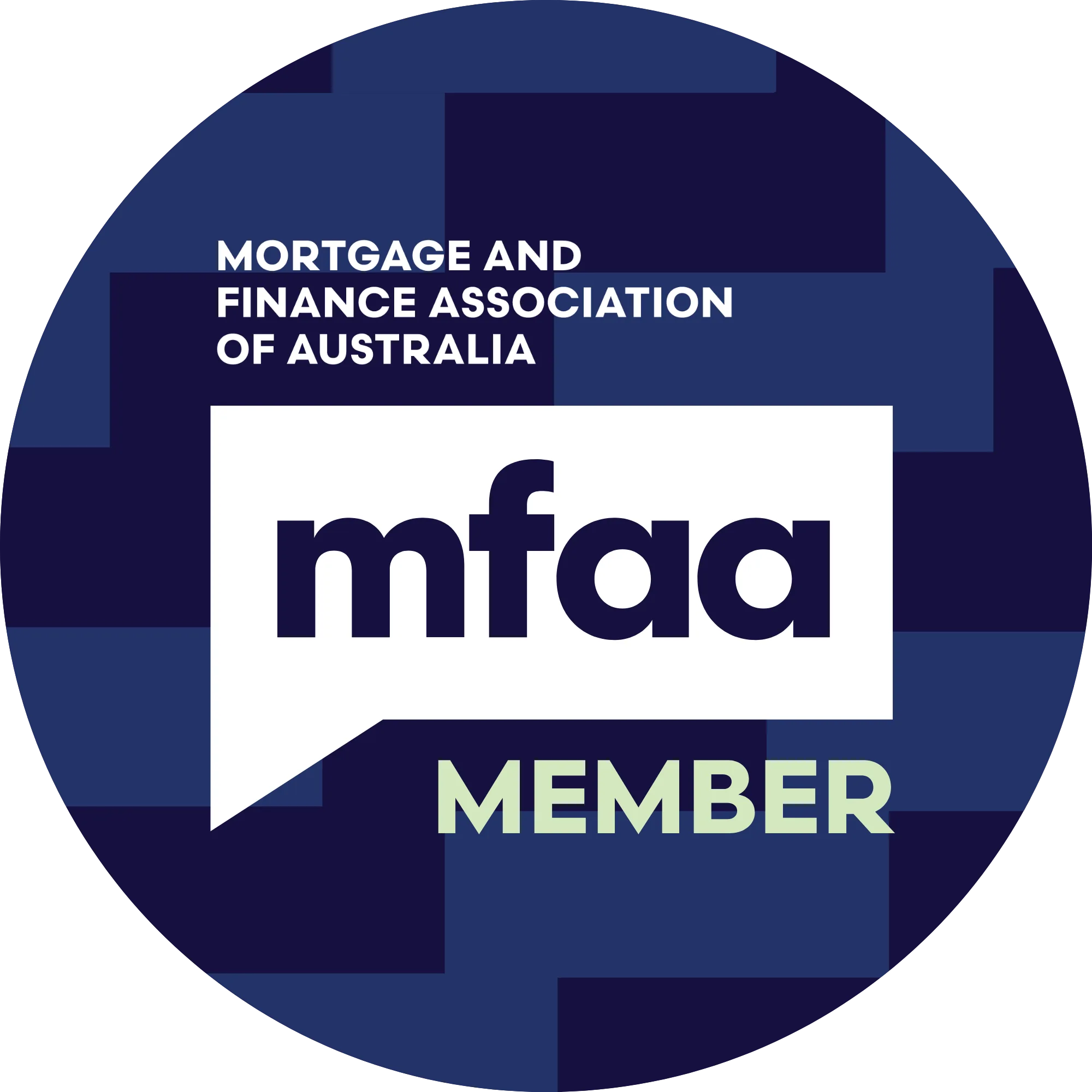What Are SMSF Loans?
Self-Managed Super Funds (SMSFs) offer Australians the opportunity to take greater control of their retirement savings. One way trustees of an SMSF can grow the fund’s assets is through SMSF loans, which allow them to borrow money to invest in property, typically for residential or commercial use.
Key Features of SMSF Loans
Limited Recourse Borrowing Arrangement (LRBA): SMSFs can only borrow through a structure called a Limited Recourse Borrowing Arrangement (LRBA). Under an LRBA, the loan is secured against a single asset (usually property), and in the event of default, the lender can only access the asset used as collateral. This protects other assets within the SMSF from creditors.
Separate Property Trust: The asset being purchased must be held in a separate trust, often called a “bare trust” or “custodian trust”, until the loan is fully repaid. The SMSF holds a beneficial interest in the asset, while the legal title is held by the trustee of the bare trust.
Loan Terms: SMSF loans generally come with stricter lending criteria, such as higher deposit requirements (often around 20%-30%) and slightly higher interest rates than regular home loans. Banks and other financial institutions will assess the SMSF’s cash flow and the quality of the investment to ensure the fund can service the loan.








